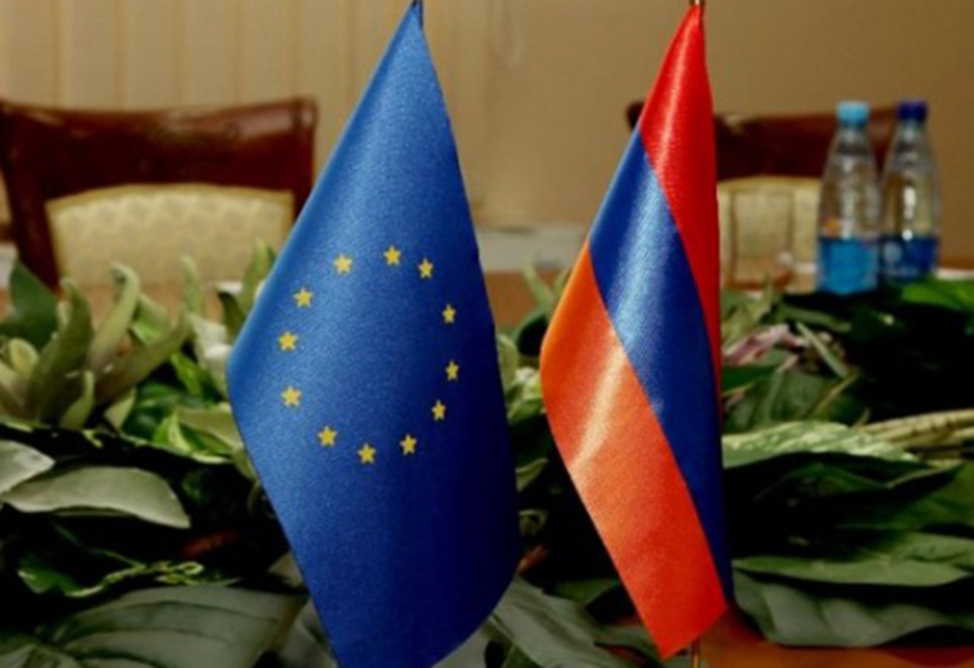OSCE Minsk Group co-chairs and Armenian president discuss Nagorno-Karabakh peace process
12.04.2011,
22:59
The U.S., Russian and French diplomats co-chairing the OSCE Minsk Group were received today by Armenian President Serzh Sargsyan to discuss the Nagorno-Karabakh peace process, Sargsyan’s press office reported.
YEREVAN, April 12, /ARKA/. /. The U.S., Russian and French diplomats co-chairing the OSCE Minsk Group were received today by Armenian President Serzh Sargsyan to discuss the Nagorno-Karabakh peace process, Sargsyan’s press office reported.
On Monday the co-chairs began the second tour of the Nagorno-Karabakh conflict zone in less than a month by meeting with Armenian foreign minister Edward Nalbandian. Andrzei Kasprzyk, the personal envoy of the OSCE chairman-in-office for the conflict, was present at both meetings.
In a joint statement issued late last month, the mediators said they will again visit the region to try to build on “the positive momentum” of the most recent Armenian-Azerbaijani summit that was hosted by Russian President Dmitry Medvedev in Sochi on March 5. They said they will also work out with the conflicting parties “concrete measures to fulfill the commitments made at Sochi regarding investigations of ceasefire violations.”
The conflict in Nagorno-Karabakh broke out in 1988 after the predominantly Armenian-populated enclave declared about
secession from Azerbaijan As Azerbaijan declared its independence from the Soviet Union and removed the powers held by the enclave's government, the Armenian majority voted in 1991, December 10, to secede from Azerbaijan and in the process proclaimed the enclave the Republic of Nagorno-Karabakh.
Full-scale fighting, initiated by Azerbaijan, erupted in the late winter of 1992. International mediation by several groups including Europe's OSCE’s failed to bring an end resolution that both sides could work with. In the spring of 1993, Armenian forces captured regions outside the enclave itself. By the end of the war in 1994, the Armenians were in full control of most of the enclave and also held and currently control seven regions beyond the administrative borders of Nagorno-Karabakh.
Almost 1 million people on both sides have been displaced as a result of the conflict. A Russian- -brokered ceasefire was signed in May 1994 and peace talks, mediated by the OSCE Minsk Group, have been held ever since by Armenia and Azerbaijan.-0-
On Monday the co-chairs began the second tour of the Nagorno-Karabakh conflict zone in less than a month by meeting with Armenian foreign minister Edward Nalbandian. Andrzei Kasprzyk, the personal envoy of the OSCE chairman-in-office for the conflict, was present at both meetings.
In a joint statement issued late last month, the mediators said they will again visit the region to try to build on “the positive momentum” of the most recent Armenian-Azerbaijani summit that was hosted by Russian President Dmitry Medvedev in Sochi on March 5. They said they will also work out with the conflicting parties “concrete measures to fulfill the commitments made at Sochi regarding investigations of ceasefire violations.”
The conflict in Nagorno-Karabakh broke out in 1988 after the predominantly Armenian-populated enclave declared about
secession from Azerbaijan As Azerbaijan declared its independence from the Soviet Union and removed the powers held by the enclave's government, the Armenian majority voted in 1991, December 10, to secede from Azerbaijan and in the process proclaimed the enclave the Republic of Nagorno-Karabakh.
Full-scale fighting, initiated by Azerbaijan, erupted in the late winter of 1992. International mediation by several groups including Europe's OSCE’s failed to bring an end resolution that both sides could work with. In the spring of 1993, Armenian forces captured regions outside the enclave itself. By the end of the war in 1994, the Armenians were in full control of most of the enclave and also held and currently control seven regions beyond the administrative borders of Nagorno-Karabakh.
Almost 1 million people on both sides have been displaced as a result of the conflict. A Russian- -brokered ceasefire was signed in May 1994 and peace talks, mediated by the OSCE Minsk Group, have been held ever since by Armenia and Azerbaijan.-0-



